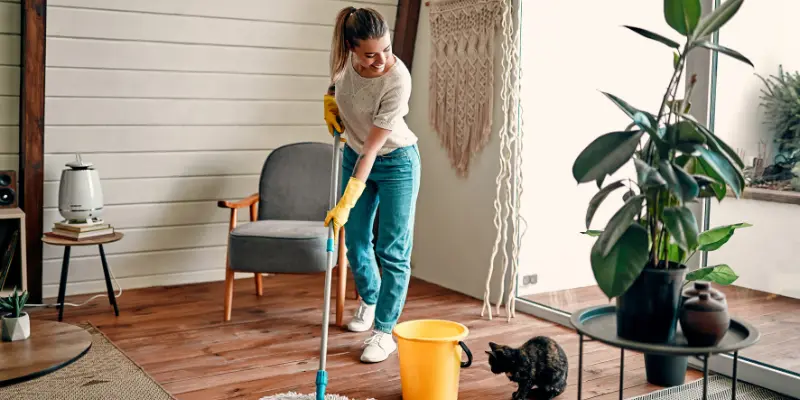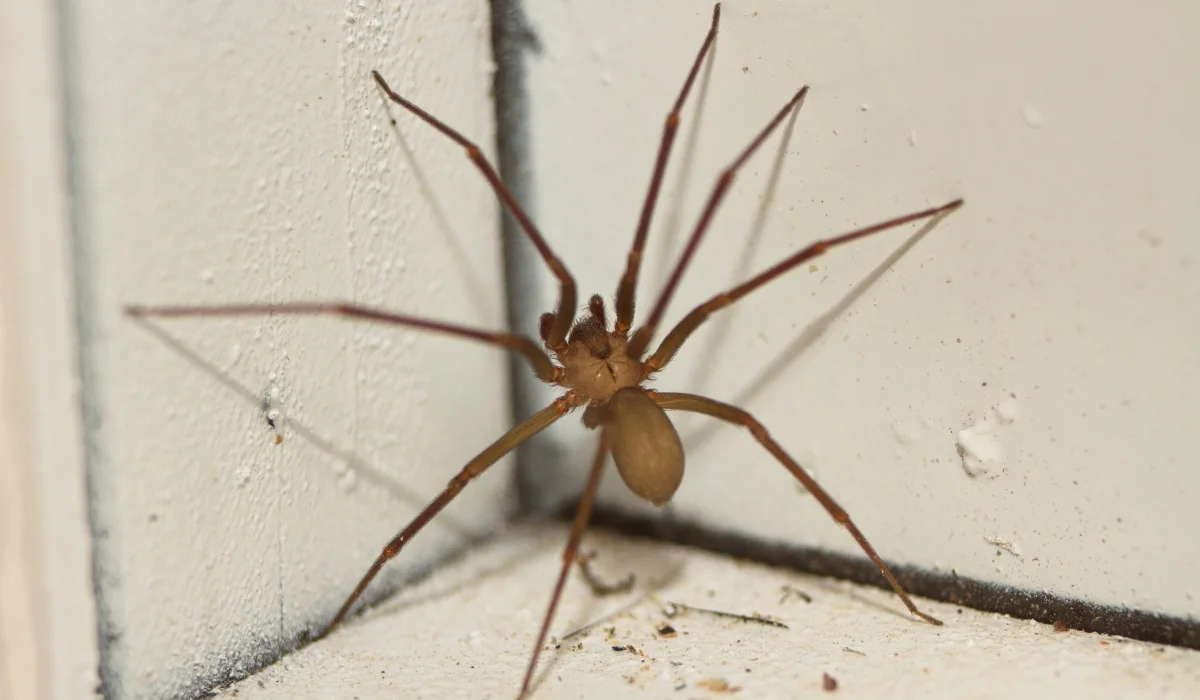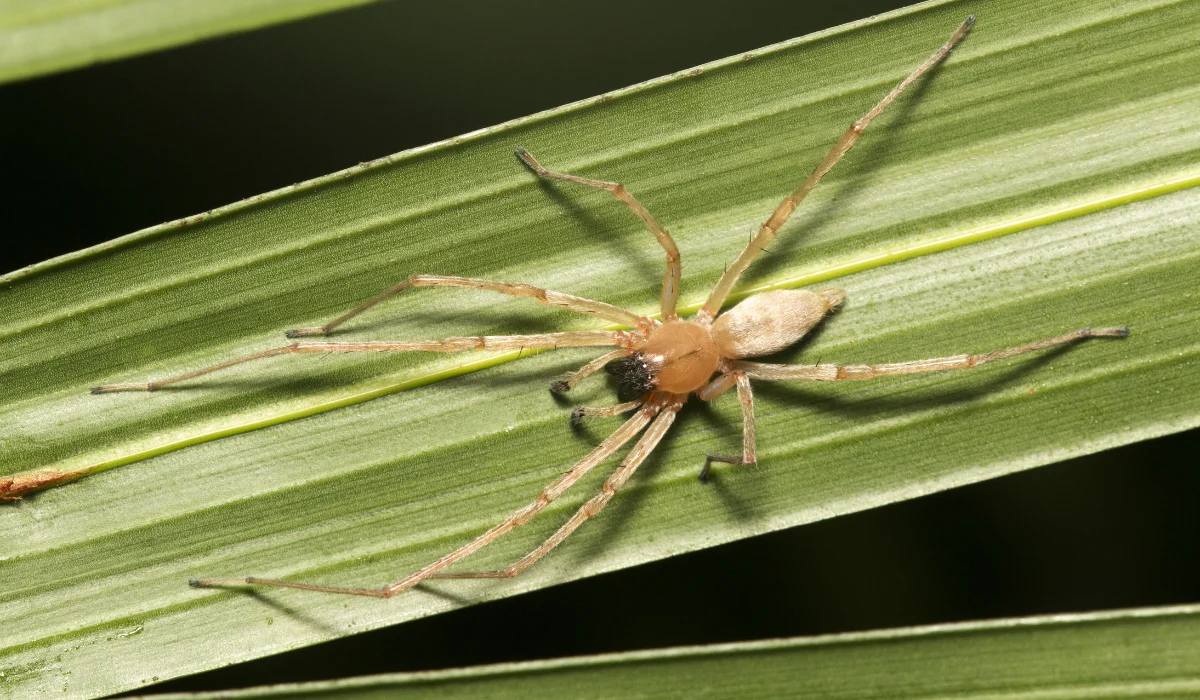Living in a rental property, you may face unique challenges, especially with pest control. As a renter, your ability to make permanent changes to your living space is often limited.
However, this doesn’t mean you must tolerate pests – you have the right as a renter to sound habitable, and sharing your abode with termites, fleas, or silverfish is unlikely to be your idea of fun.
As a renter, you aren’t solely responsible for pest control – but, as the caretaker of the property, you do have your share of heavy lifting, particularly when it comes to prevention and communication regarding any and all pest control issues.
Maintain Cleanliness
Preventative measures are key to pest control, and top of the list, regardless of where you live, is cleanliness. Regularly vacuum your spaces, dispose of garbage without delay, and store food in sealed containers.
Crumbs and food are magnets for pests such as ants, roaches, and rodents. Keeping your kitchen clean, including wiping down surfaces and sweeping floors daily, will make it less inviting to pests.
Seal Entry Points
During regular property maintenance inspections, check your rental for cracks, holes, or gaps through which pests might enter; while significant modifications may be off-limits, you can use temporary solutions like caulk or foam sealant for smaller openings.
Consider a draft stopper for larger gaps under doors, serving both as an energy saver and a pest deterrent, and be sure to inform the real estate agent and/or landlord of anything you come across that needs attention over and above your capability or responsibility.
Use Natural Repellents
Natural substances can deter pests without harsh chemicals or the use of pesticides, allowing you to do a spot of DIY pest control before it comes time to call in the big guns (a pest control expert, that is, not the military).
Peppermint oil, for example, repels spiders and rodents, and diatomaceous earth can control insects.
Place cotton balls soaked in peppermint oil in pest-prone areas or sprinkle diatomaceous earth around entry points.
These methods are safe, natural, and respectful of your landlord’s property – just be sure to check the ingredients to avoid any health issues from arising should any inhabitants have allergies or sensitivities to such products (typically, leaving the house for a couple of hours during pest control treatments is prudent if concerned).
Implement Proper Food Storage
Improper food storage invites pests. Store all food, particularly pantry items like flour, cereal, and sugar, in airtight containers.
Refrigerate ripe fruits and vegetables to prevent fruit flies; this simple act can greatly reduce your home’s attractiveness to pests, and pest prevention is always the goal.
Dispose of Garbage Regularly
Letting trash accumulate will undoubtedly attract pests. Ensure your garbage is taken out regularly and bins are cleaned to eliminate any food residue. If possible, use bins with tightly fitting lids to keep pests out.
Use Sticky Traps and Baits
For a non-invasive way to monitor and control pests, use sticky traps and baits. They can help manage populations of roaches, ants, and other insects without professional intervention.
Place them in discrete locations where pests are likely to travel, ensuring they’re away from children and pets.
Communicate with Your Landlord
If pest problems continue despite your efforts, talk to your landlord/property owner. They might agree to hire a professional pest control service, particularly if the issue affects several units or risks property damage.
Keep a record of your communication and the steps you’ve taken to resolve the issue, and don’t hesitate to report any signs of pests; be it droppings, property damage, or any other indications that you’ve got unwanted guests crashing your pad.
It should be set out clearly on the lease agreement as to who is responsible for pest control and what your tenant responsibilities are (as well as your landlord’s responsibilities).
Either way, be sure to open up communication regarding pest control and management in a proactive way to avoid unnecessary chaos and health hazards down the track; not only do landlords have a duty to provide you with a habitable property, they have local and state laws to adhere to as well, so they will likely appreciate your proactive approach.
Frequent Inspection and Maintenance
Regularly inspecting your rental and maintaining it can significantly reduce the risk of pest infestations. Pay close attention to areas where pests are likely to enter or nest, such as windows, doors, and areas where utilities (like pipes and wires) enter your home. Ensure that screens on windows and doors are intact and free of holes.
As part of regular property maintenance, repair any damaged seals or weather stripping around windows and doors promptly; also, keep an eye out for signs of water leaks, as moisture attracts many pests (standing water is a no-no).
Addressing these issues as they arise not only prevents pests but also helps maintain the integrity of your living space, making it a more pleasant and secure place to live.
Leverage Light and Air Circulation
Enhancing light and air circulation in your rental can also act as a deterrent to pests. Many common pests, including moths and cockroaches, prefer dark, damp environments.
By keeping your living spaces and common areas well-lit during the day and ensuring adequate air flow, you can create a less appealing environment for these pests.
Open curtains during the day to let in natural light and consider using fans or dehumidifiers in particularly damp areas of your home. This strategy not only contributes to pest control but also improves the overall air quality and comfort of your living space.
Introduce Beneficial Plants
Incorporating plants into your rental apartment can serve as a natural and aesthetically pleasing way to repel pests. Some plants have properties that are naturally repellent to insects. For example, lavender can deter moths, flies, and mosquitoes, while basil is known to repel flies and mosquitoes.
Planting these in small pots around your rental can not only enhance your home’s decor but also create a natural barrier against pests.
This approach aligns with eco-friendly practices and adds a refreshing touch to your living space, all while keeping pests at bay without the need for chemical repellents.
Proactive Pest Control
Dealing with pests in a rental can be manageable. By adopting these simple and effective pest control measures, you can maintain a comfortable, pest-free living space. Prevention is crucial, so be proactive in keeping pests at bay and ensuring your rental is clean and secure.
Moreover, maintaining a positive relationship with your landlord can be advantageous for addressing more significant pest issues that might arise.
Being proactive, communicative, and responsible can lead to faster resolutions and a more pleasant living experience – and if calling in a pest control company must be done, then so be it.
Ultimately, your goal is to create a harmonious space that is welcoming for you and unwelcoming to pests.
 By: LaJaunie's Pest Control
By: LaJaunie's Pest Control 


